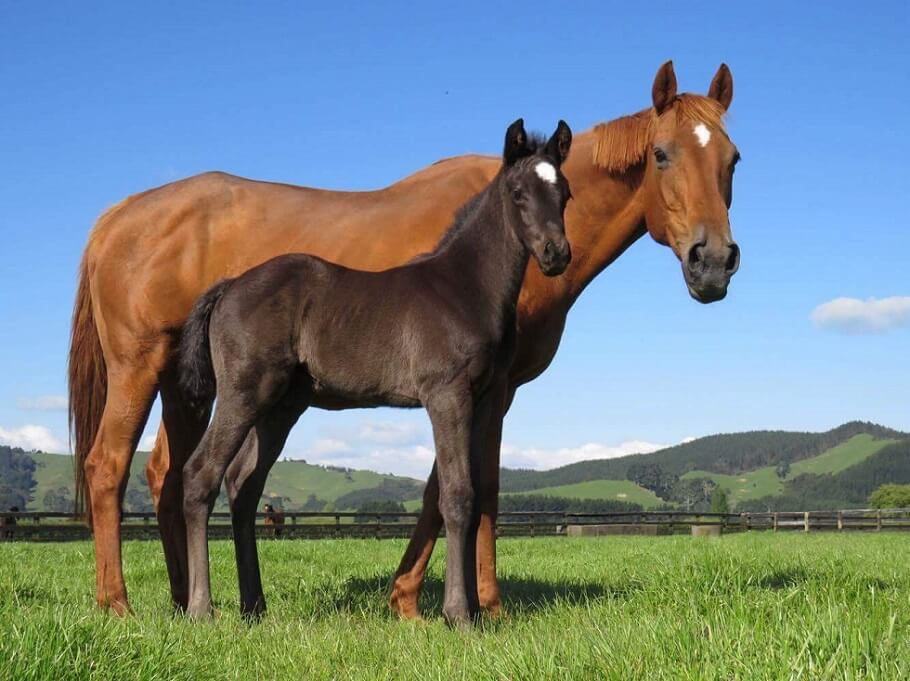Breeding Basics 1 - Broodmare selection and physiology

Selecting a broodmare
For the professional horse owner selecting a broodmare is a decision mainly based on performance, offspring, pedigree and confirmation.
If you’re considering breeding a pleasure horse you might want to consider the following:
Suitability for breeding - temperament is highly heritable!
Age - as in other species unfortunately mares are less fertile when they get older.
Available facilities: in order to perform safe reproductive exams a crush is needed to confine the mare. We have a purpose built mare crush in our clinic if you don’t have the facilities on your farm. Think ahead: where is the mare going to foal? Have you got a stable available if the foal needs extra care?
Reproductive physiology
The mare is a seasonal breeder with an anoestrus period during the winter (when she doesn’t cycle). Various factors can influence the mares reproductive cycle and especially the transitional period including environment, body condition, light, and temperature.
The reproductive cycle of a mare is approximately 21 days, of which she will be in oestrus (season) for 5-7 days. Ovulation happens at the end of the oestrus, and we aim to breed the mare (live cover or AI) close to ovulation. After foaling a mare comes back into heat (“foal heat”) after 7-12 days.
In order to determine at which point the mares is in her cycle, monitor follicular growth, and predict the timing of ovulation, ultrasound scans of both ovaries and uterus will be performed. If needed, we can control the oestrus cycle with various hormones to optimize your breeding program.
As mentioned previously the transitional period can be influenced by multiple variables. The main factor that “switches mares on” in the spring is daylight. We aim to breed our Thoroughbred mares as close to the first of September as possible, given the climate in the Waikato not all mares have been exposed to enough daylight in this period of the year.
Unwanted long transitional periods can result in:
- No oestrus behavior
- Inconsistent or confusing signs of oestrus behavior
- Oestrus behavior but no dominant follicle and no ovulation and regressing follicles
- Unexpected long periods of oestrus.
